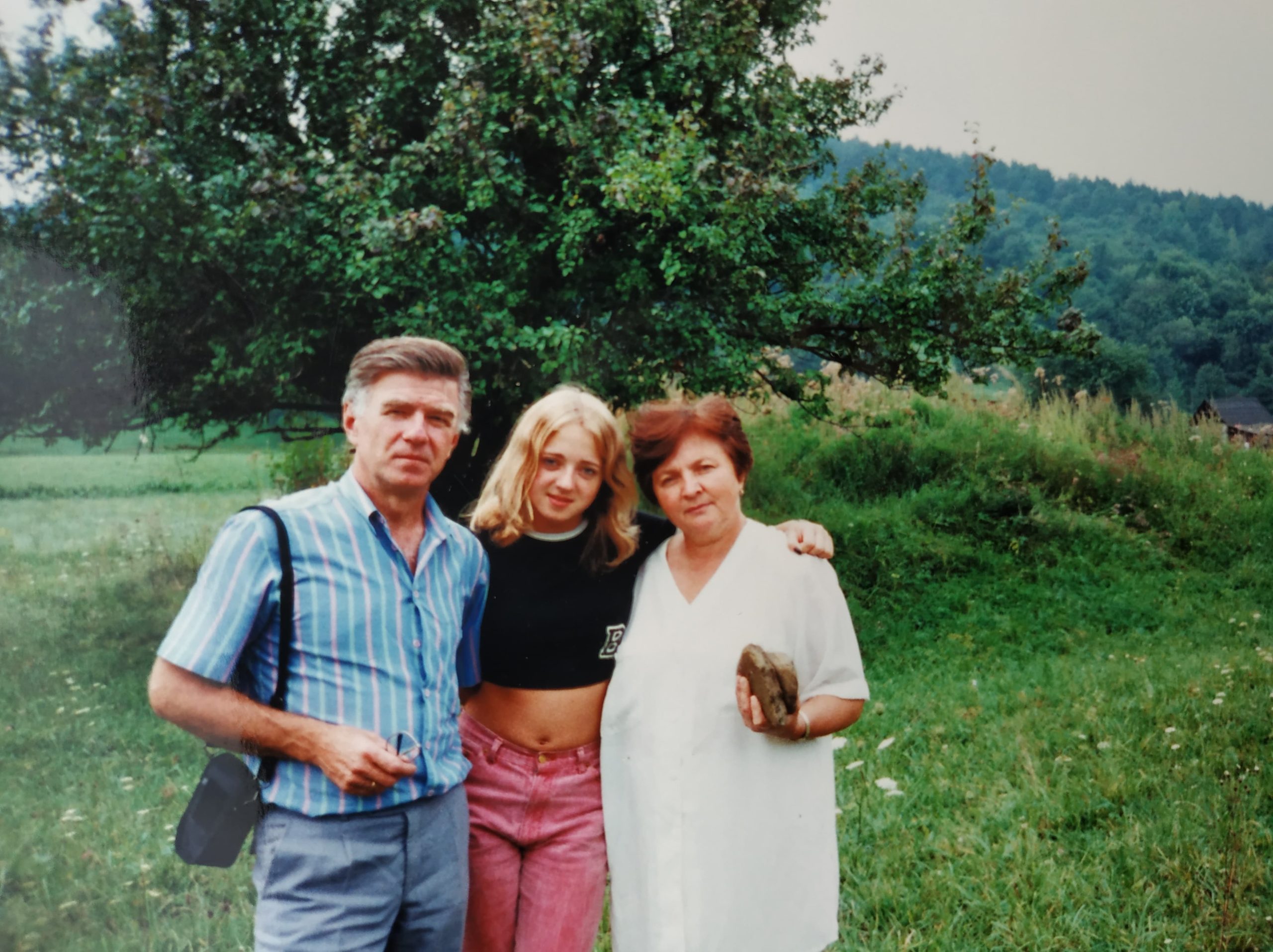
According to Serhiy Halytsky, acting director of the Radomyshl National Museum of Local History, and director of Povstansky Khutor, the find is especially important because it is direct evidence of how widespread the UPA movement was in the Radomyshl region.
Three printed documents were found in the shell casing, which was closed with a wooden stopper:
- newspaper “Call of Blood”, 1947;
- leaflet “Ukrainian Youth!”;
- booklet “What is the Ukrainian Insurgent Army (UPA) fighting for?”, 1947.

“This find destroys once again the widespread myth that the UPA operated exclusively in western Ukraine. The area in and around Radomyshl was partisan territory, and popular resistance here lasted until 1952. An underground organization composed of six OUN soldiers operated directly in the hamlet of Soboliv. There were five partisans in the hamlet of Zhadok, and twenty in the village of Nehrebivka. And the same in most of the villages in this region,” says Serhiy Halytsky, acting director of the Radomyshl National Museum of Local History.
Serhiy Halytsky explained that UPA partisans continued fighting the Soviet authorities well into the 1950s. The last battle in the region, during which three UPA soldiers were killed, took place near Hlukhiv Druhy, Radomyshl Raion, Zhytomyr Oblast in 1952.
Unfortunately, no Radomyshl partisans have survived to this day. The last of them, Dmytro Ovsiyenko, died in 2009. But, a former UPA liaison officer from Ternopil Oblast settled in the area after returning from exile and still lives here.








